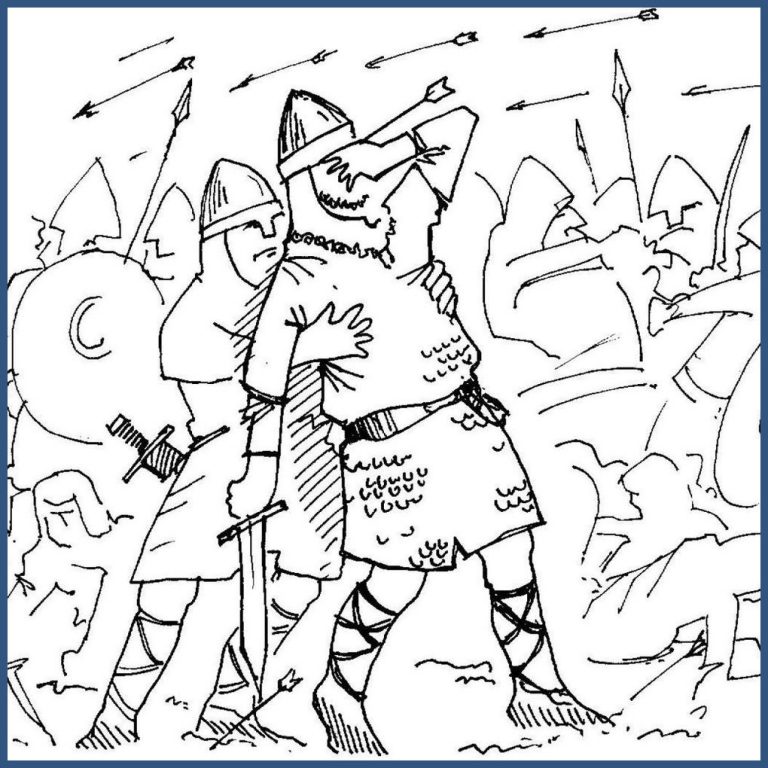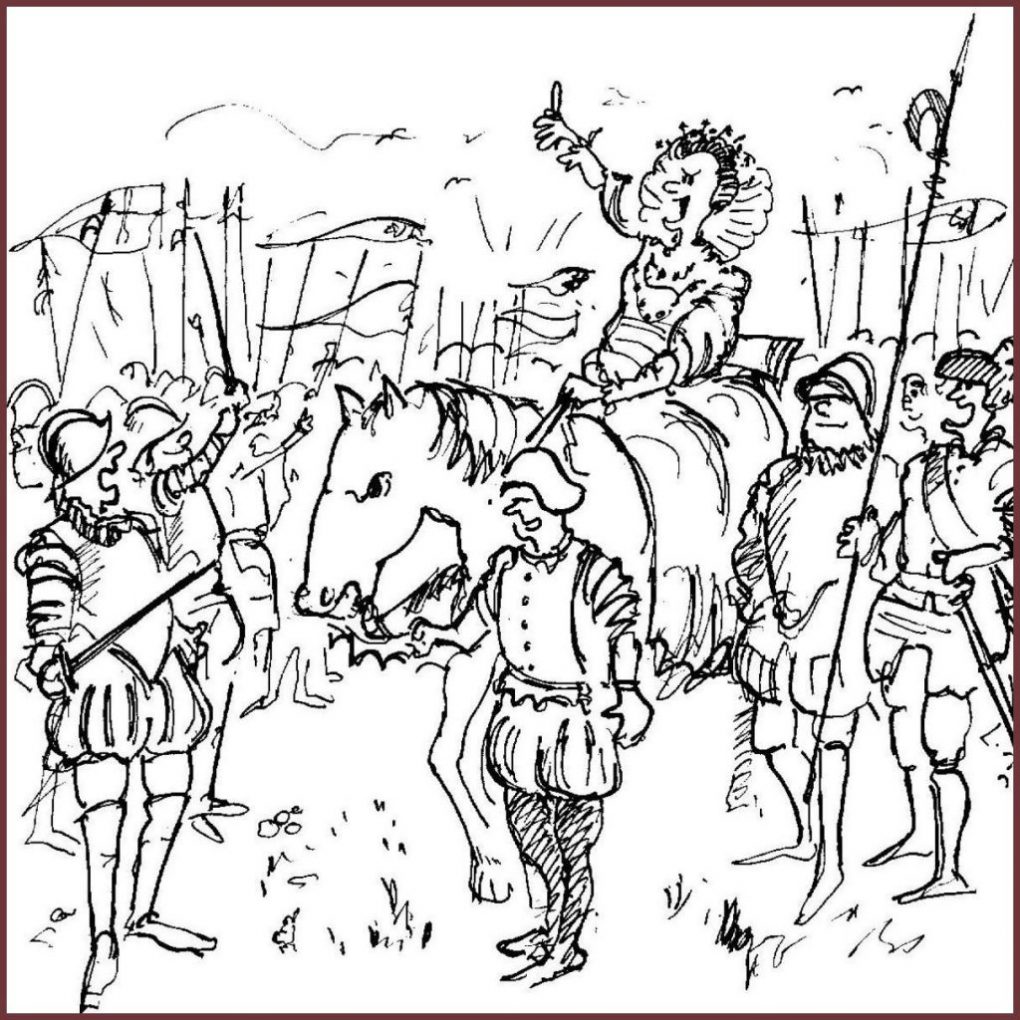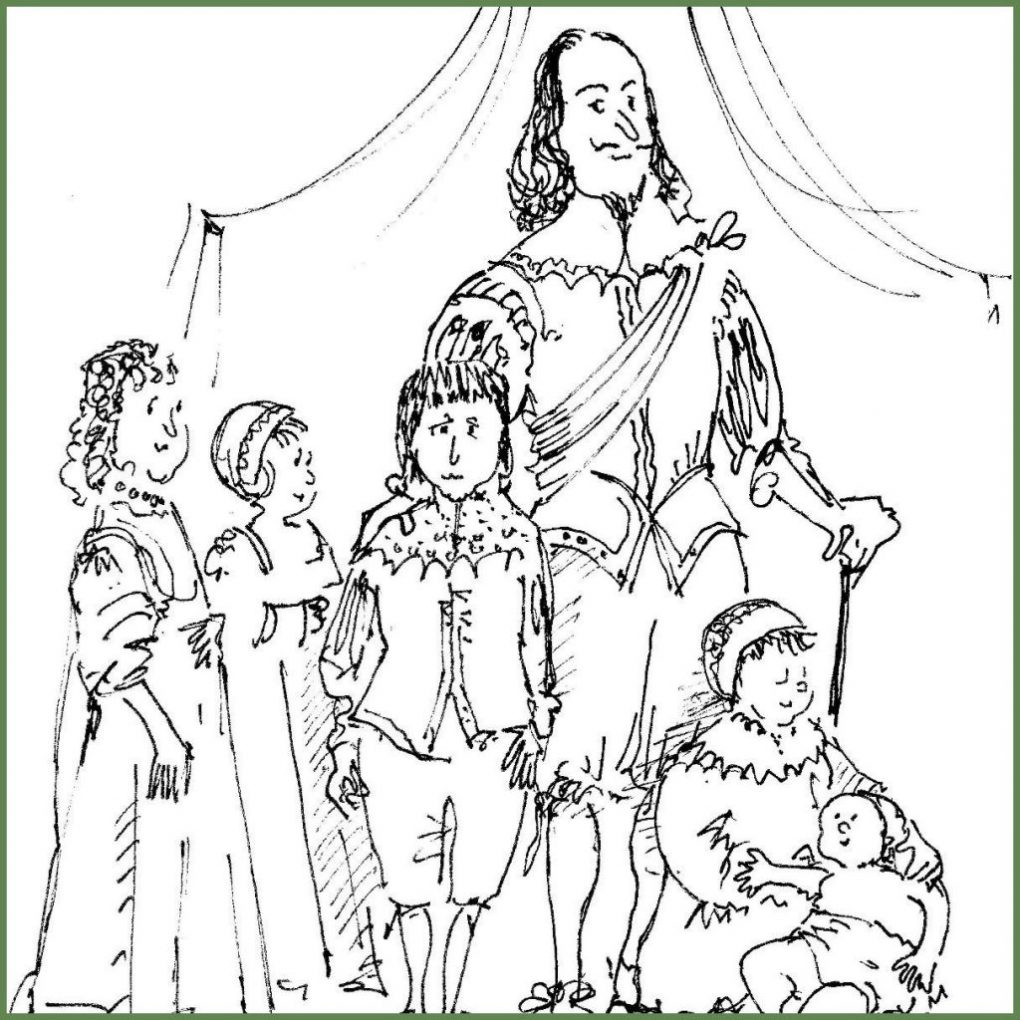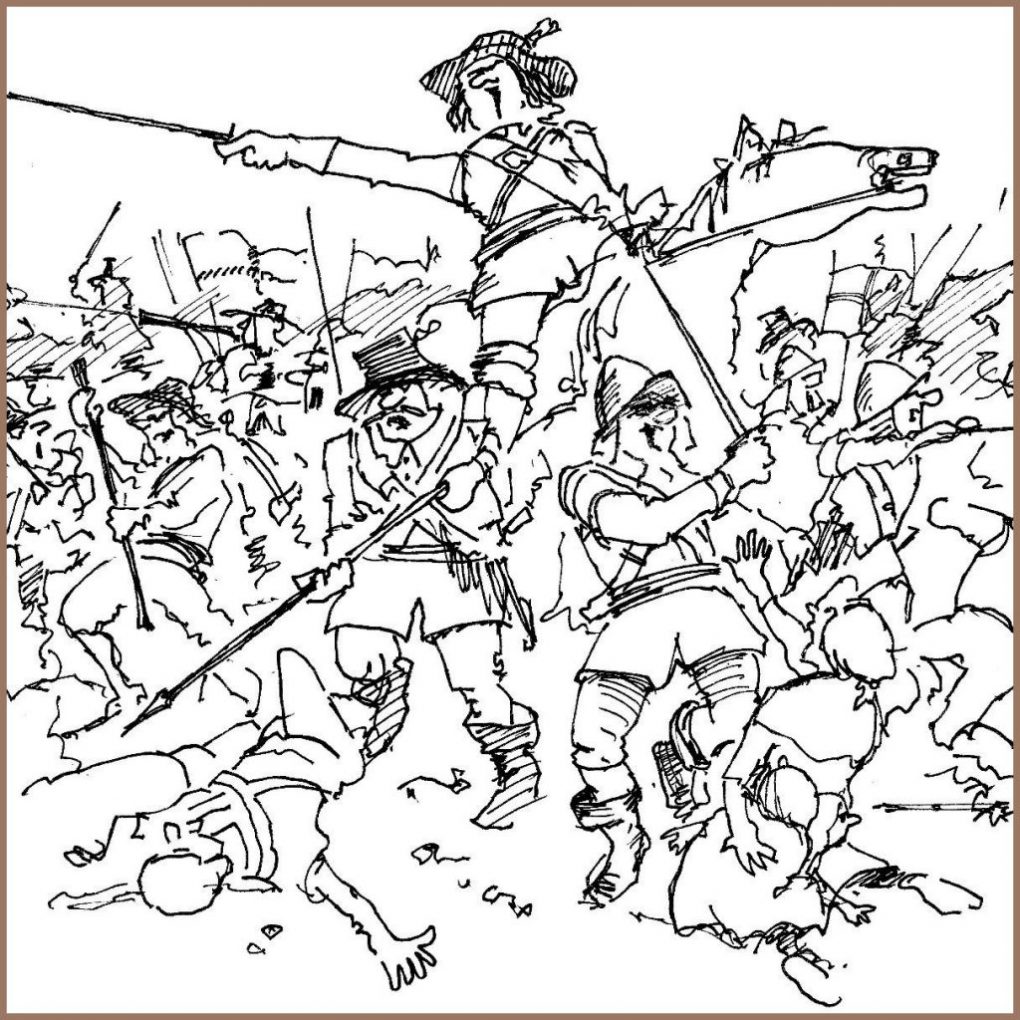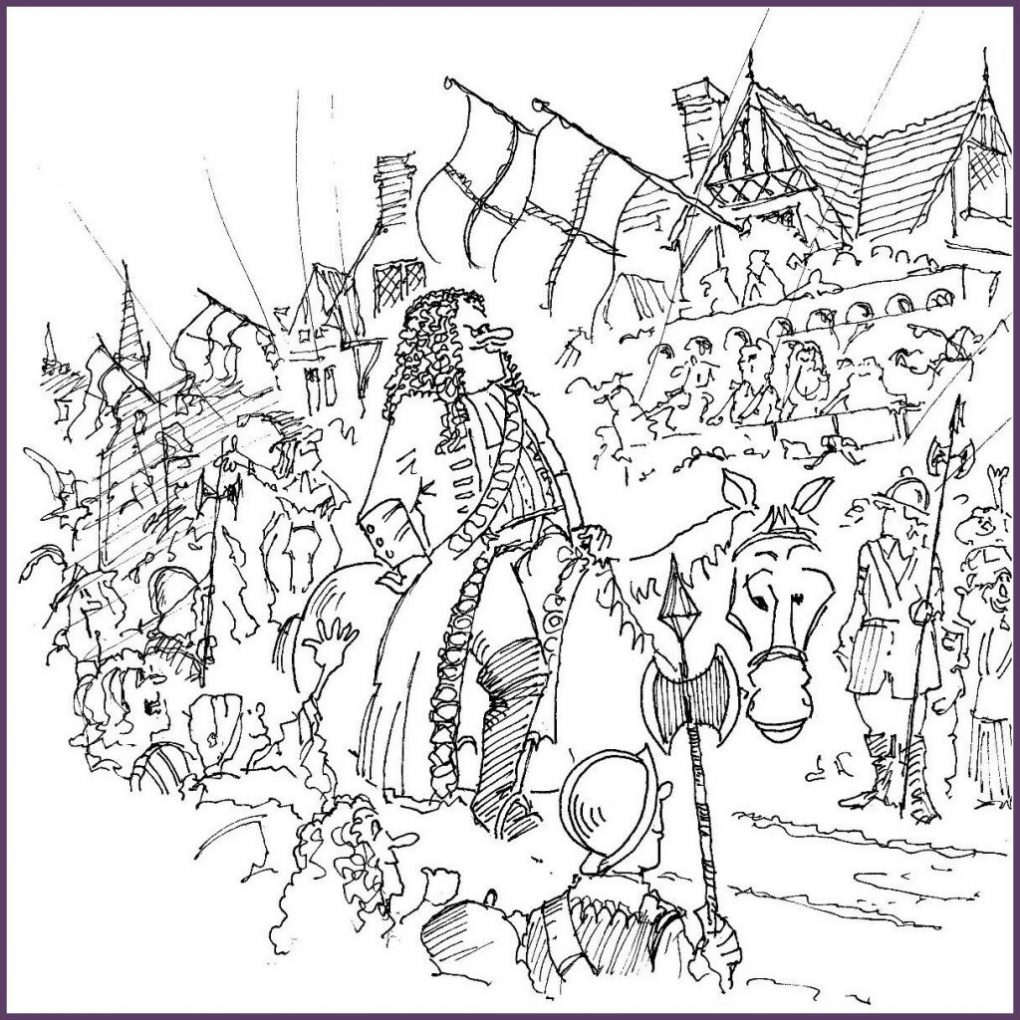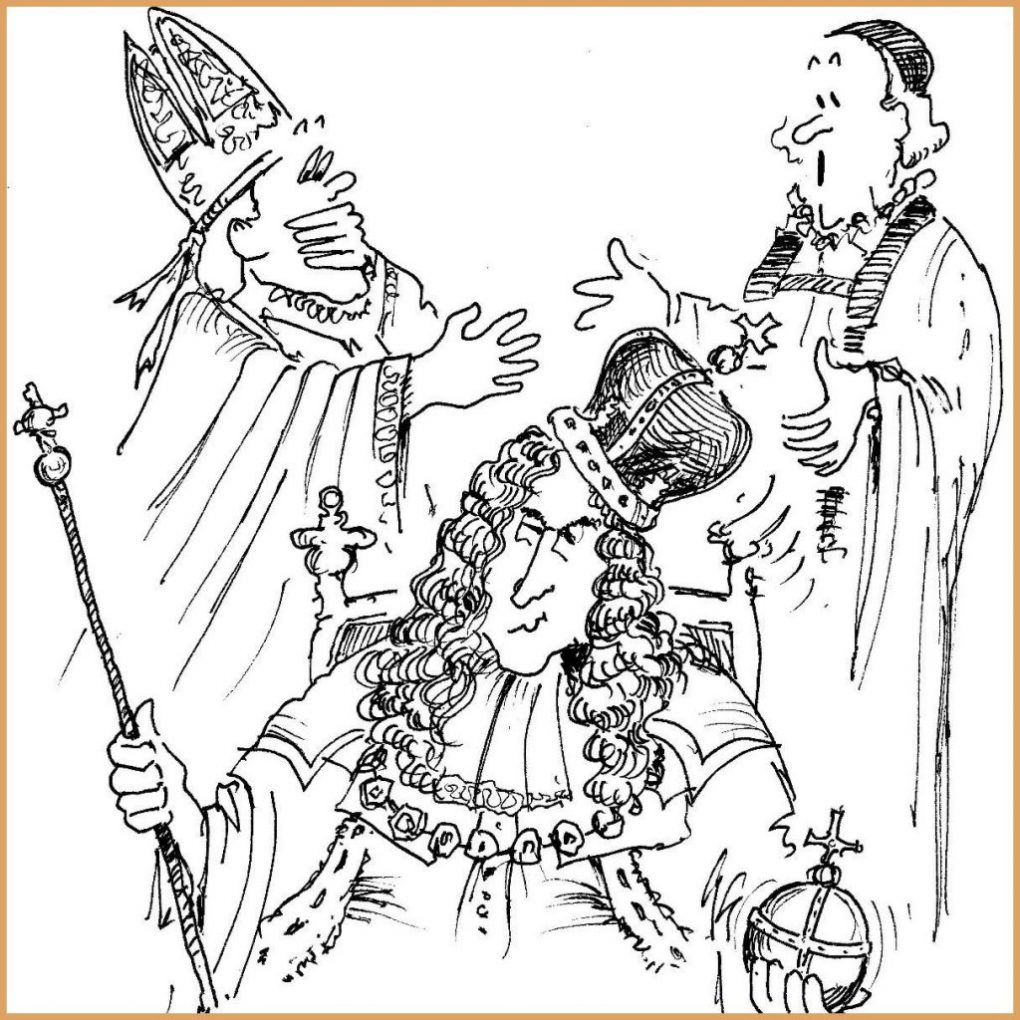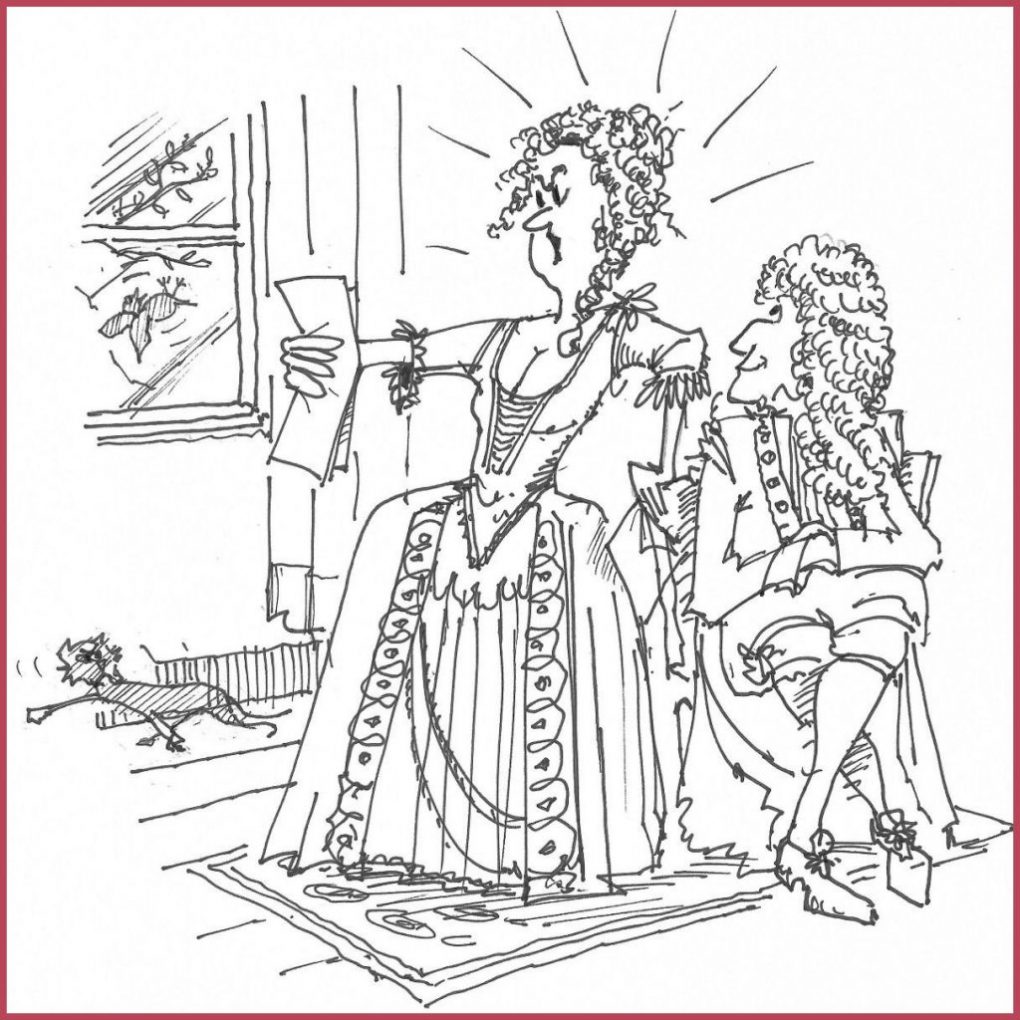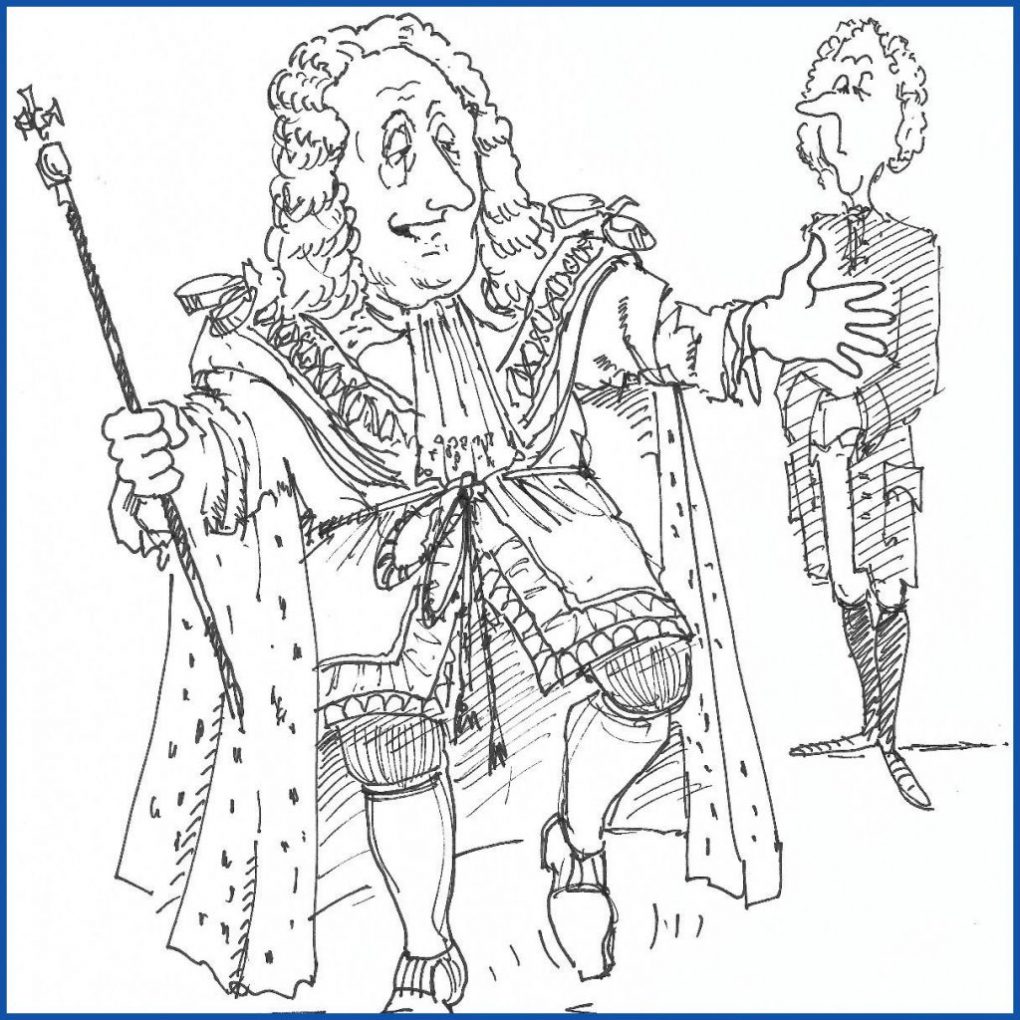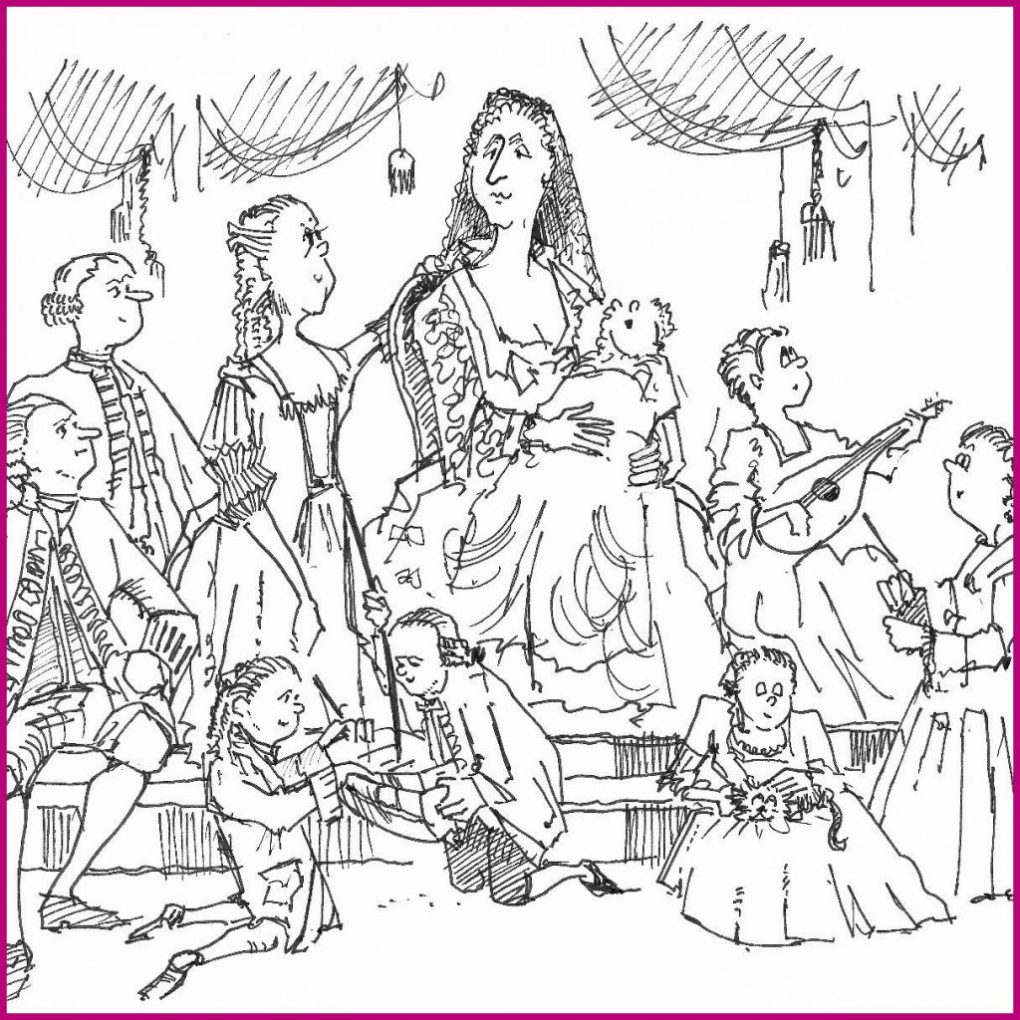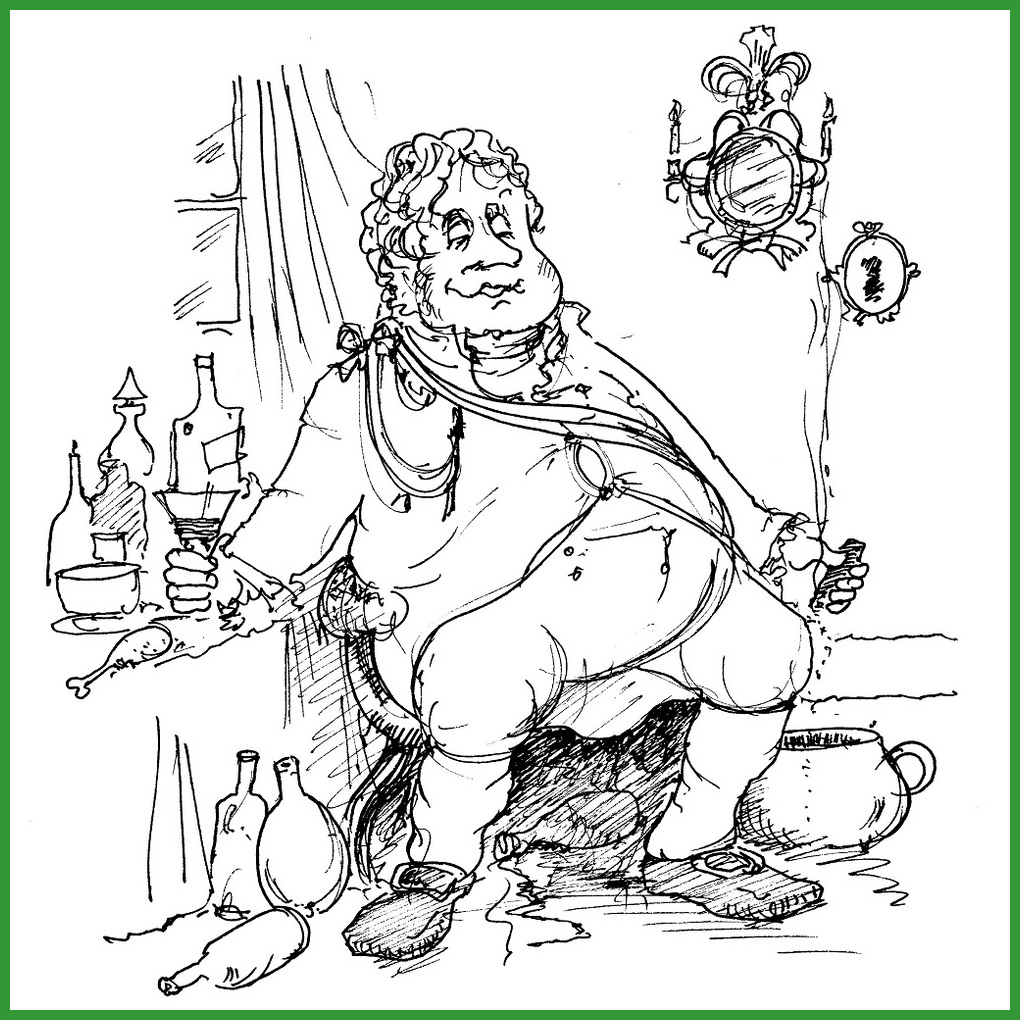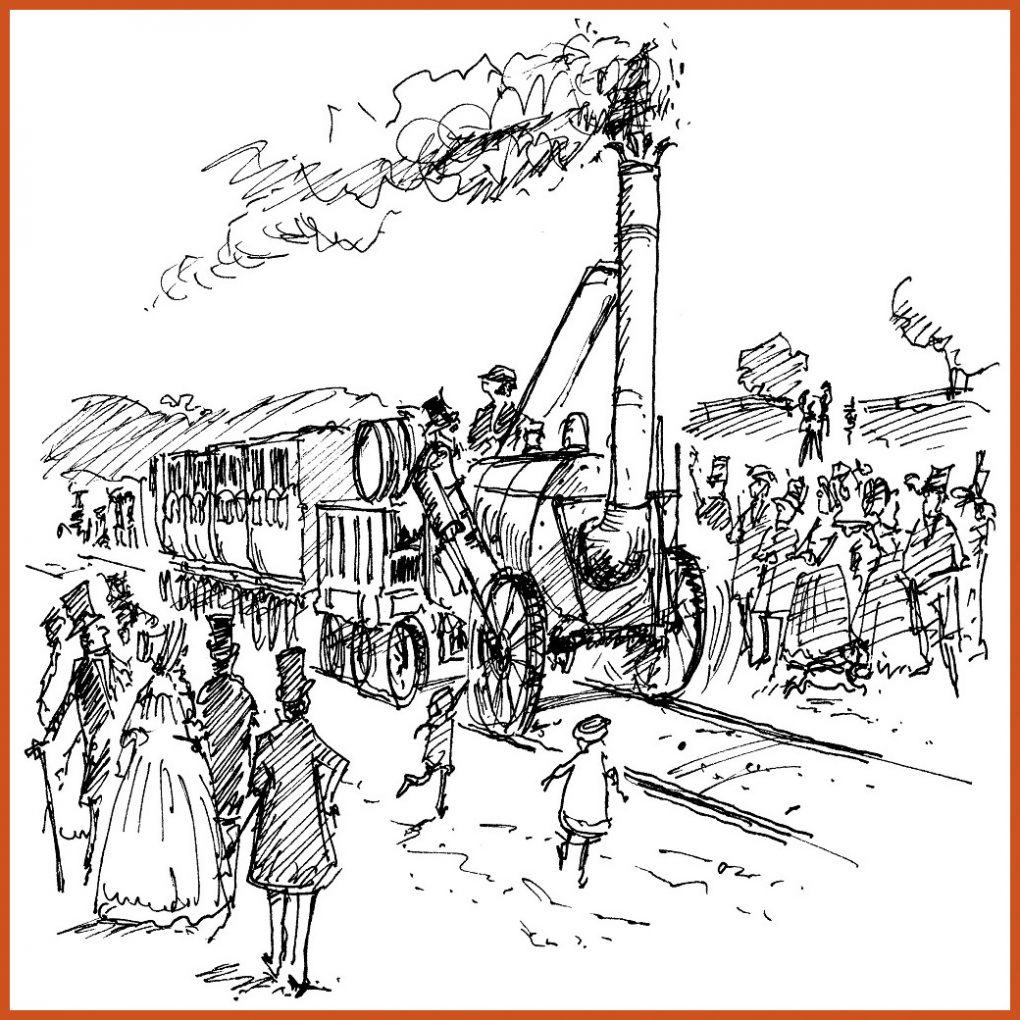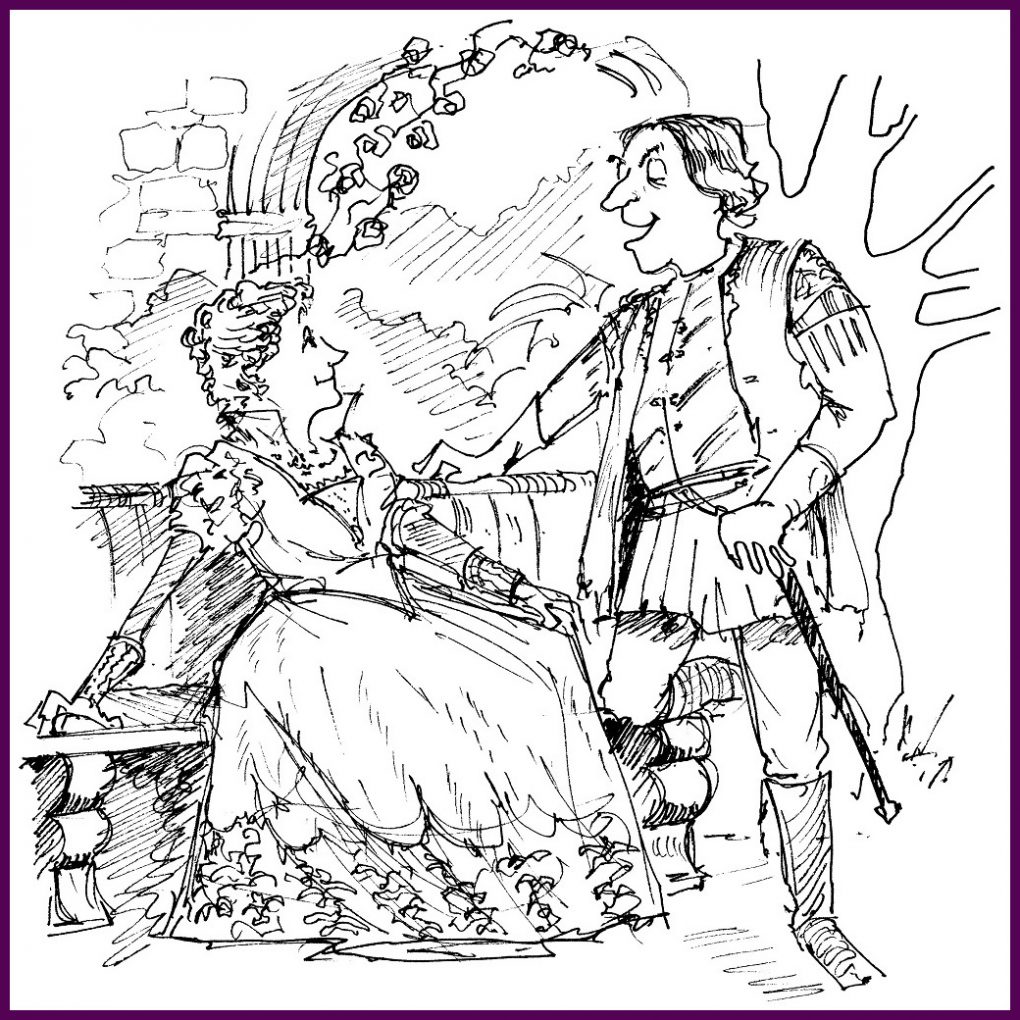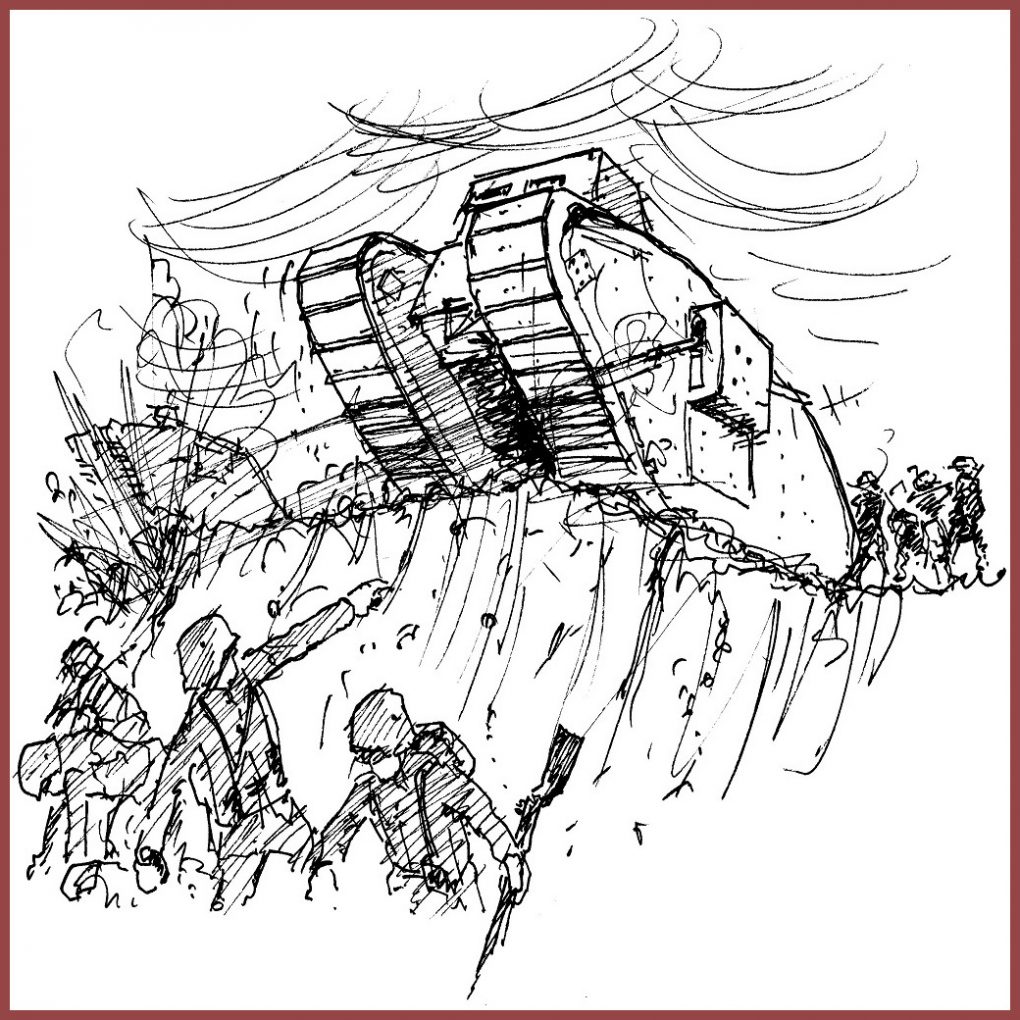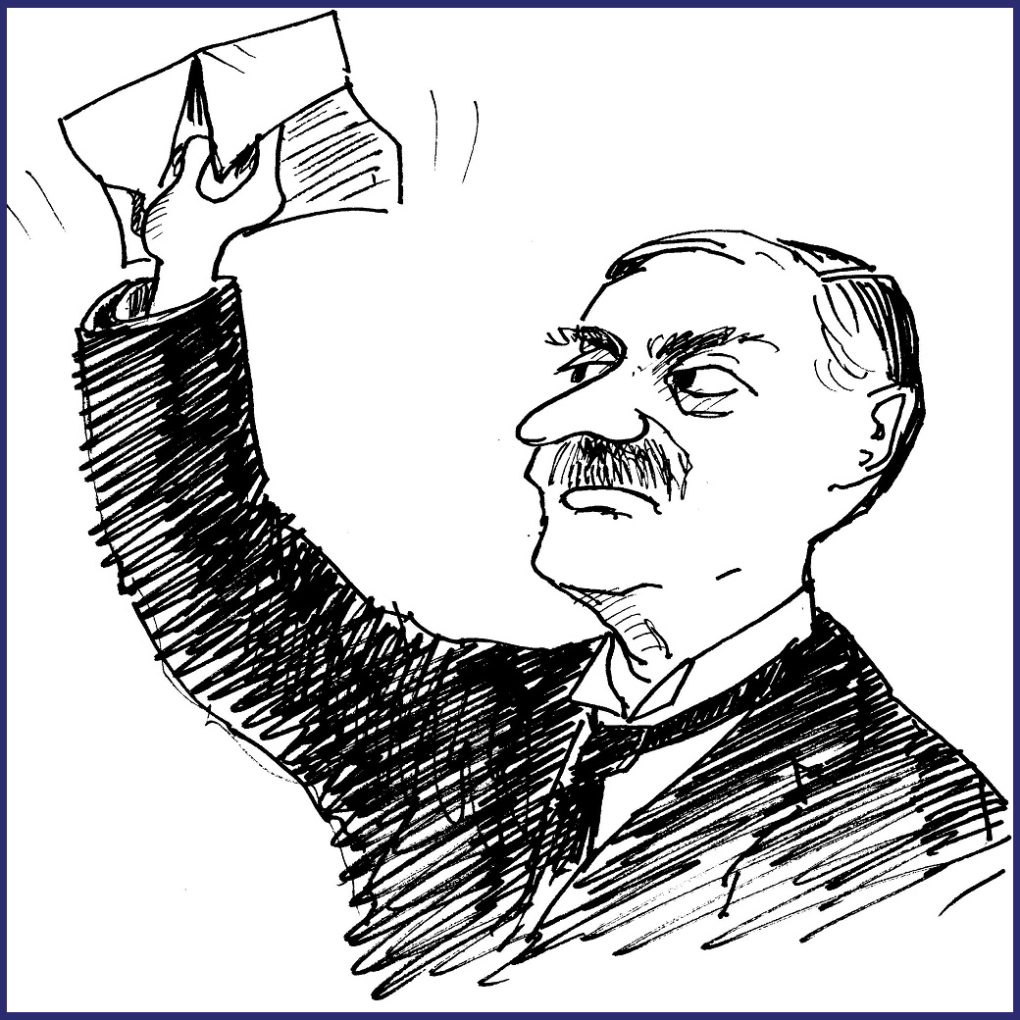By Colin Wakefield. Illustrations by John Partridge.
Welcome to Rhyming History, an entertaining, ironic and informative journey in verse through English history. The series currently runs to fifteen volumes, telling England’s story from 55BC to 1939, but Rhyming History will eventually extend to the present day. Read below for brief descriptions of the first fourteen volumes. Volume Sixteen (1945 – 1964) will be published in 2024. Please join the mailing list and we shall let you know when future volumes become available.
|
|
What the readers say – “The illustrations are a perfect match in their lightsome mood and skill.” “Thanks for hours of reading enjoyment.” |
THE ROMANS TO THE WARS OF THE ROSES
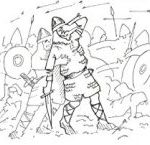 |
From the first arrival of Julius Caesar in 55BC to the defeat of Richard the Third at Bosworth Field in 1485 this action-packed volume includes King Alfred the Great and his routing of the Danes, William the Conqueror’s victory at the Battle of Hastings in 1066, Domesday Book, King John and Magna Carta, the Black Death and Henry the Fifth’s triumph at Agincourt in 1415.Read excerpts / Buy the book |
THE TUDORS
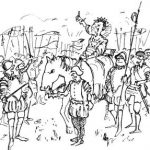 |
From the largely unsung yet impressive reign of Henry the Seventh, the victor of Bosworth Field, to Henry the Eighth and his six wives; from Queen ‘Bloody’ Mary to the glorious and dangerous reign of Queen Elizabeth, with her turbulent cousin, Mary, Queen of Scots, The Tudors spans one of the most exciting and colourful periods of English history.Read excerpts / Buy the book |
THE EARLY STUARTS AND CIVIL WAR
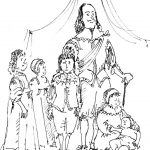 |
Where James the First was intelligent and astute, if personally flawed, his son was obstinate and rash. Charles the First plunged his kingdom into bloody civil war. The King lost the struggle – and his head. The Gunpowder Plot, the assassination of Buckingham, the New Model Army and the rise of Cromwell, the bloody battles of Edgehill, Marston Moor and Naseby – all feature in this astonishing period of seventeenth century history.Read excerpts / Buy the book |
CROMWELL AND THE COMMONWEALTH
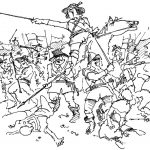 |
The execution of Charles the First left the nation in shock. Who was to govern and by what authority? This volume spans the unsettled years of the Commonwealth, dominated by the commanding figure of Oliver Cromwell. It charts the early success and final decline of the revolution, closing with the triumphant return of Charles the Second to reclaim his stolen kingdom.Read excerpts / Buy the book |
CHARLES THE SECOND AND THE RESTORATION
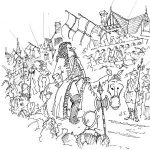 |
The Restoration of Charles the Second ushered in a new age of scandal, danger and political turmoil. The Great Plague, the Great Fire and the Popish Plot are just three of the extraordinary events that distinguish this tempestuous age. Nell Gwynn, Titus Oates, Christopher Wren, John Bunyan, Aphra Behn… the cast of characters is rich and diverse.Read excerpts / Buy the book |
JAMES THE SECOND, THE FORGOTTEN KING
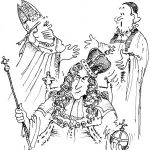 |
James the Second was obstinate, headstrong and inept. He inherited a kingdom at peace, but rebellion was in the air. The birth of a Catholic son, the revolt of the Anglican bishops and the landing of William of Orange combined to ensure the King’s downfall. Famously dropping the Great Seal into the Thames, James fled to France. The Glorious Revolution had begun.Read excerpts / Buy the book |
GLORIOUS REVOLUTION, THE LAST OF THE STUARTS
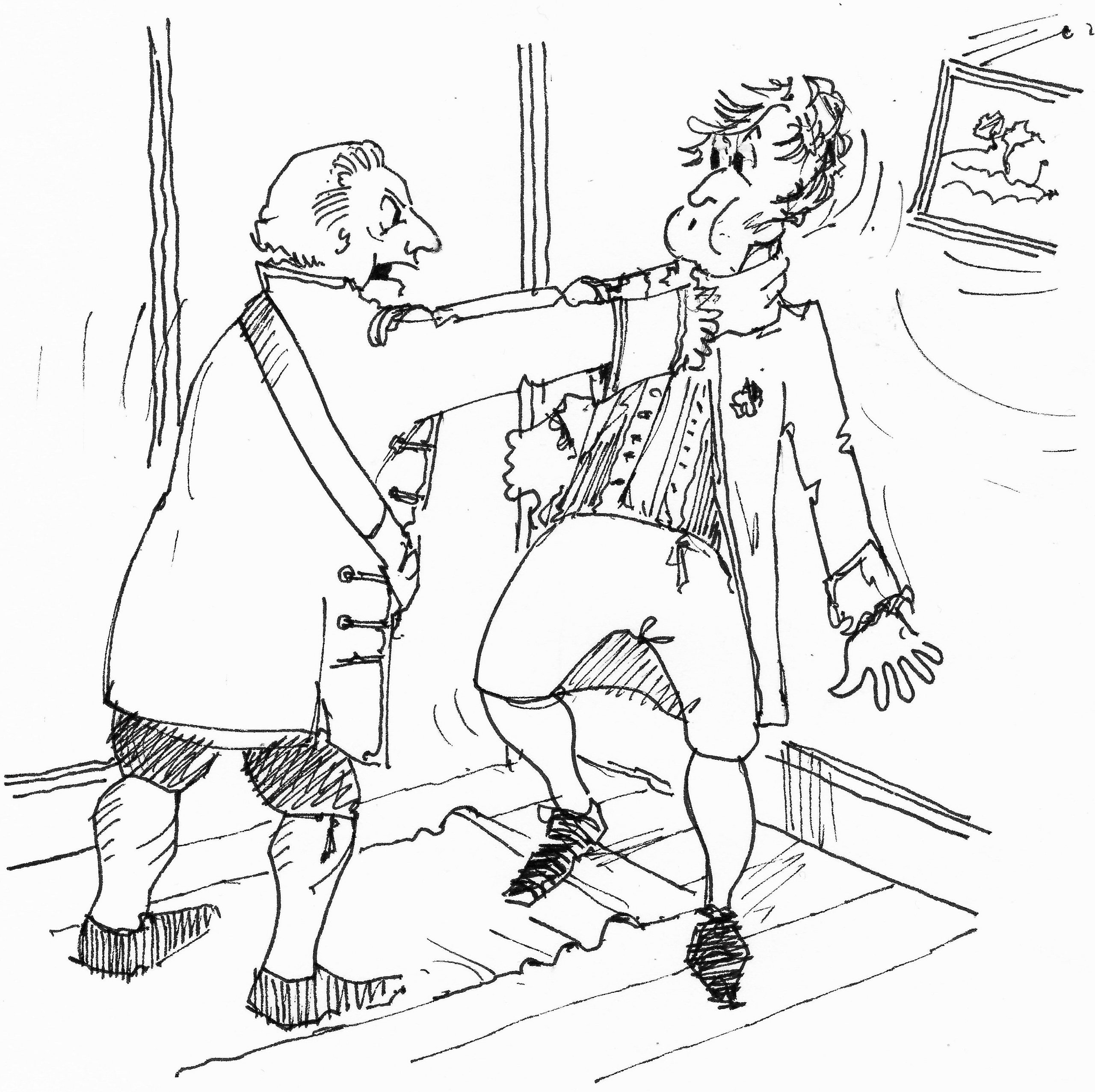 |
James the Second fled. Had he abdicated or simply deserted? In a ’Glorious Revolution’ William and Mary were invited to reign jointly. William was never popular. War in Europe stoked divisions between Whigs and Tories. Under Queen Anne the victories at Blenheim and Ramillies revived the monarch’s popularity, but Anne died childless and disillusioned. The Stuart dynasty had drawn to a close.Read excerpts / Buy the book |
THE EARLY HANOVERIANS
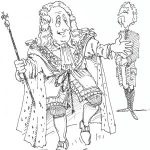 |
The accession of George the First ushered in an era of change The Protestant succession was secure, but Britain was plagued by Jacobite rebellion, financial scandal and war in Europe. Yet under the stewardship of Robert Walpole the country prospered. This was the age of Jonathan Swift, Alexander Pope, Samuel Johnson and William Pitt the Elder. The turbulent reign of George the Second ended with the celebrated Year of Victories.Read excerpts / Buy the book |
GEORGE THE THIRD AND THE LOSS OF AMERICA
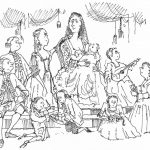 |
The reign of ‘Farmer George’ was the third longest in British history. Diligent, cultured and a man of peace, King George the Third was held to blame for the loss of the American colonies. This was the age of Lord North, Charles James Fox and William Pitt the Younger. Other great figures include David Garrick, Samuel Johnson and ‘Capability’ Brown. The first signs of the King’s madness were beginning to show.Read excerpts / Buy the book |
THE LAST OF THE HANOVERIANS
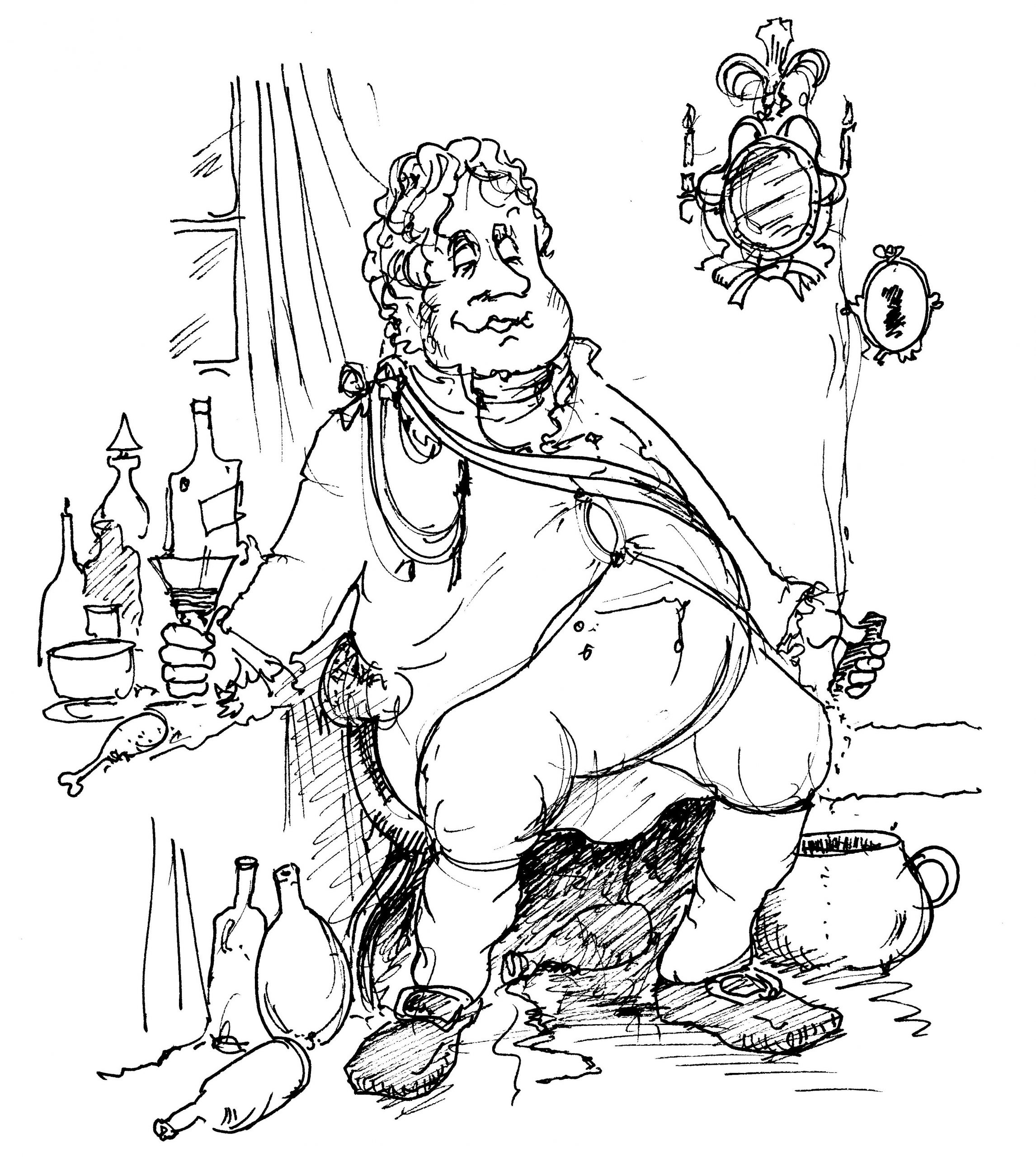 |
George the Third was believed to be mad; George the Fourth was dissolute and vain; William the Fourth (‘old pineapple head’) fathered no heir. These were momentous times: the rise of Napoleon, the Great Reform Act and the abolition of the slave trade. It was also the age of Wordsworth and Keats, Jane Austen and Scott, Turner and Constable. Princess Victoria was waiting in the wings.Read excerpts / Buy the book |
THE EARLY VICTORIANS
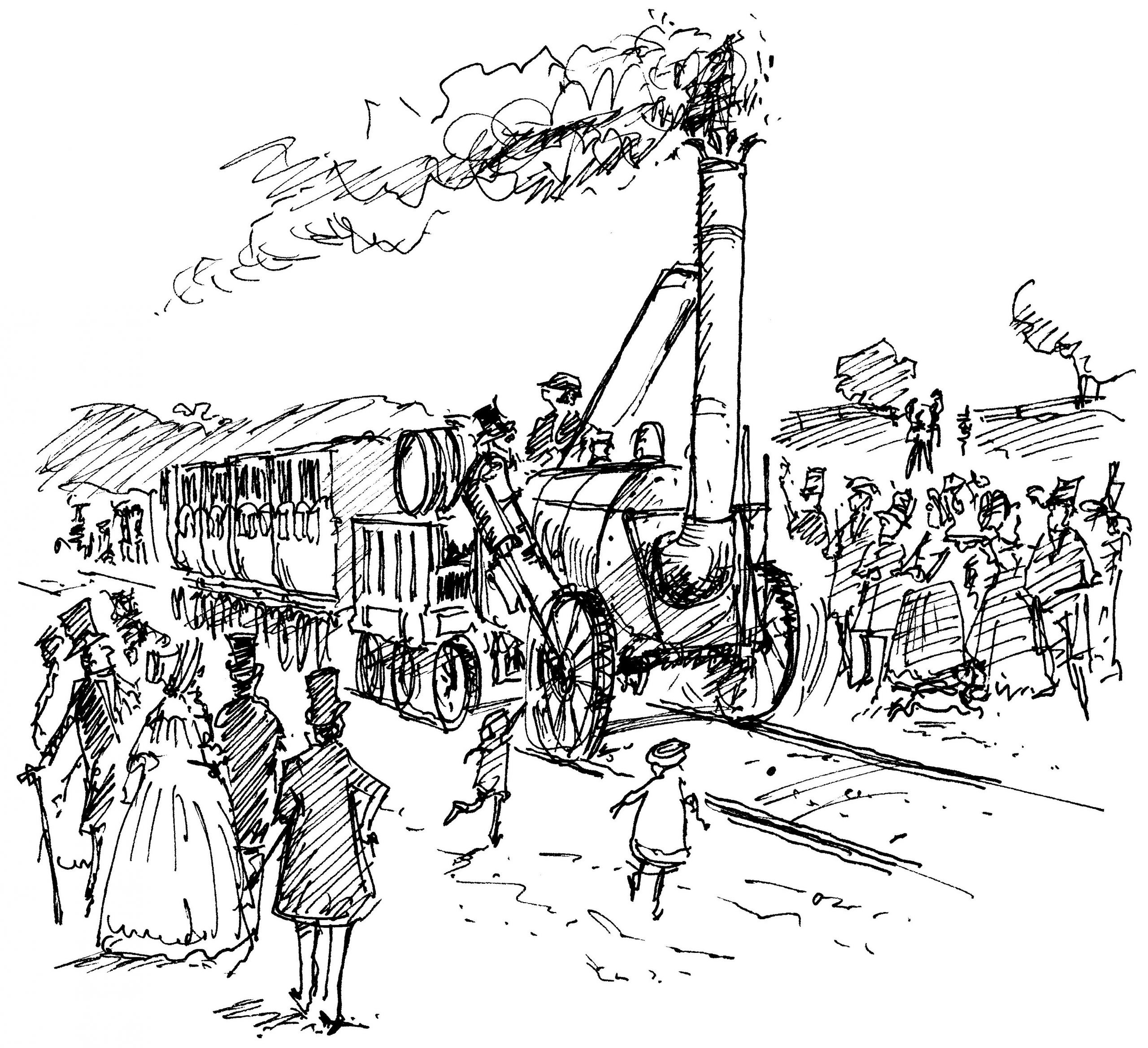 |
The Victorian Age was one of vision, enterprise and conflict. The young Queen was thrilled by the Great Exhibition, and was deeply in love with her husband, Prince Albert. Lord Melbourne, her first Prime Minister, was succeeded by Sir Robert Peel, whose repeal of the Corn Laws split the Tory party for a generation. The Crimean War and the Indian Mutiny cast long shadows over the early years of Victoria’s reign. Read excerpts / Buy the book |
THE LATER VICTORIANS
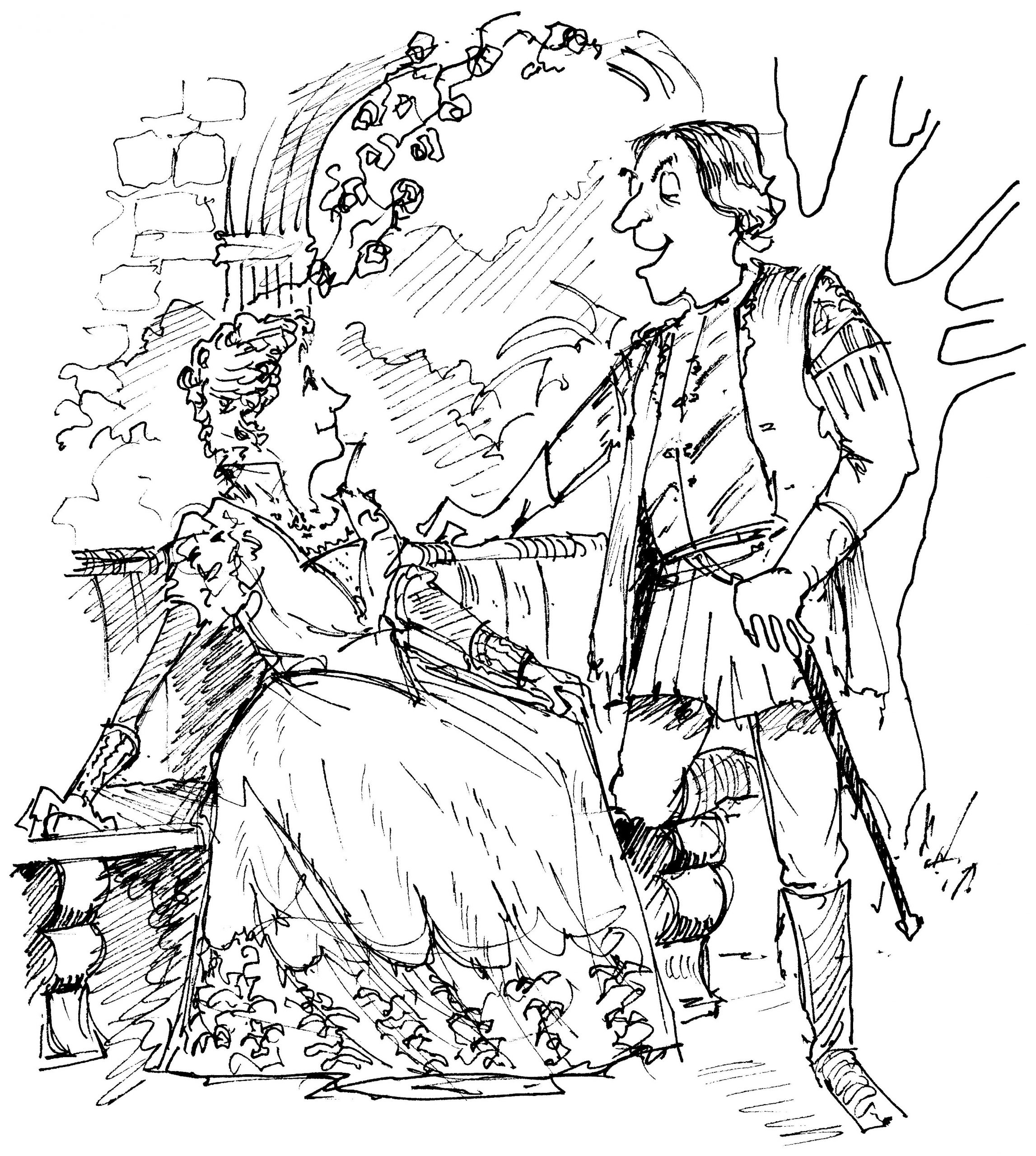 |
The death of Albert left Victoria bereft. This was a great age of achievement, dominated by political rivals William Gladstone and Benjamin Disraeli. It produced such figures as Charles Darwin, Michael Faraday and Julia Margaret Cameron, while literature celebrated the talents of Charles Dickens, George Eliot and Gerard Manley Hopkins. The Queen’s final days were overshadowed by the Boer War.Read excerpts / Buy the book |
THE EDWARDIANS AND THE GREAT WAR
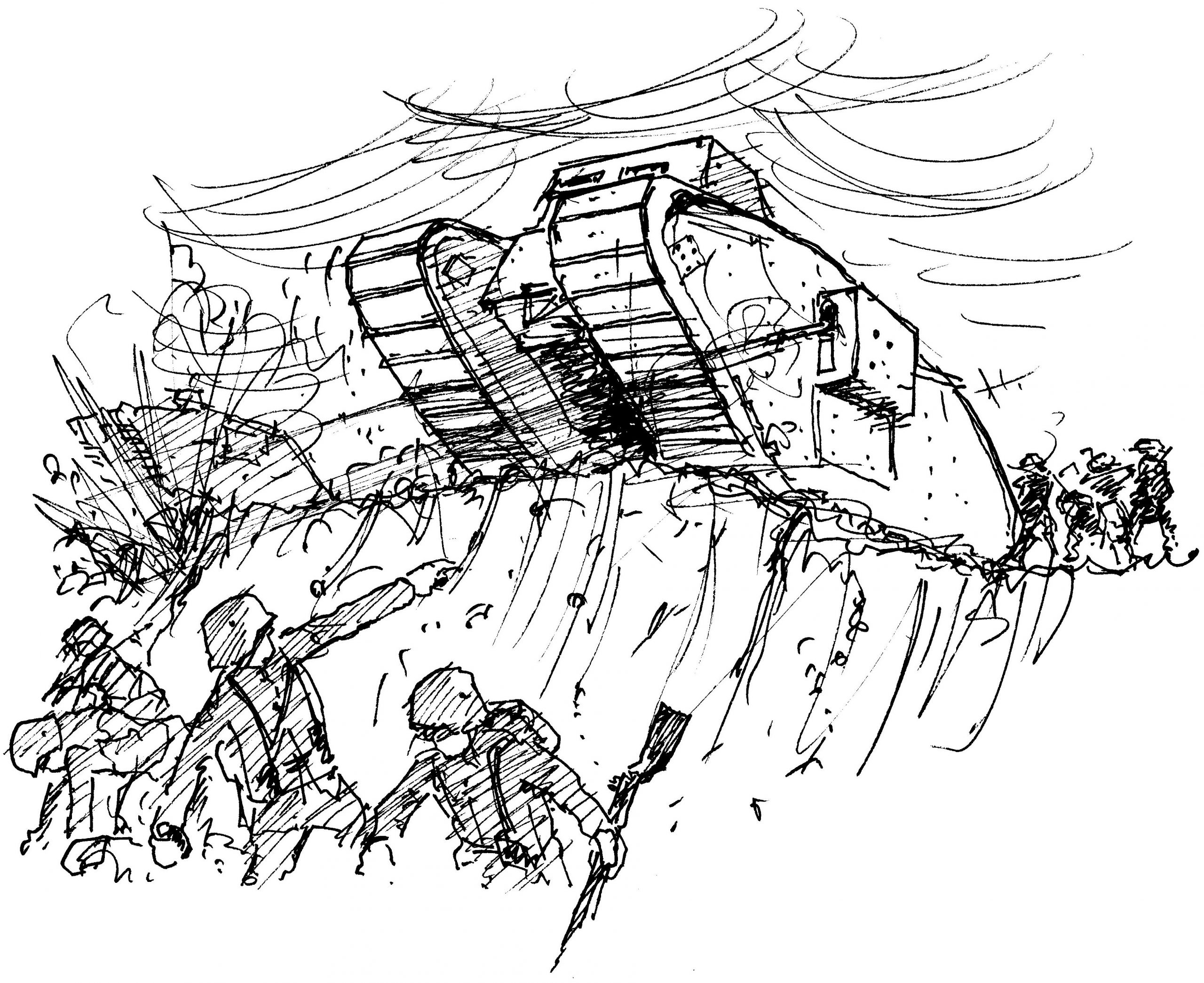 |
Edward the Seventh was a breath of fresh air, although he lived mainly for pleasure. He never saw eye to eye with his nephew, Kaiser Wilhelm the Second, and the shadow of war haunted his last years. This was the age of Asquith and Lloyd George, Britain’s Prime Ministers during the Great War. This terrible conflict tore Europe apart. The ill-judged Treaty of Versailles solved nothing.Read excerpts / Buy the book |
DEPRESSION AND THE SHADOW OF WAR
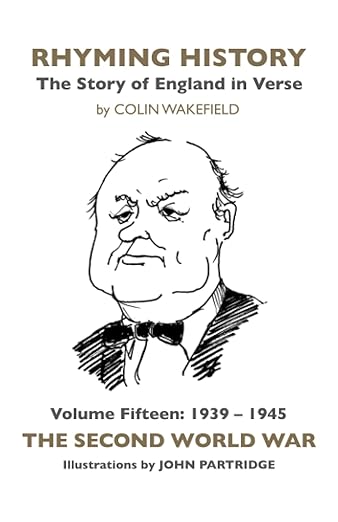 |
The Treaty of Versailles was a disaster. The German economy collapsed. The terror of the Nazis was total. Mussolini invaded Abyssinia. Yet Chamberlain, popular with the people, appeased the dictators. Economic depression, political weakness, German rearmament… ‘Safety First’ was Baldwin’s cautious election slogan, yet the Tories lost. The National Government avoided bankruptcy, but nobody could resist the rise of Hitler.Read excerpts / Buy the book |
THE SECOND WORLD WAR
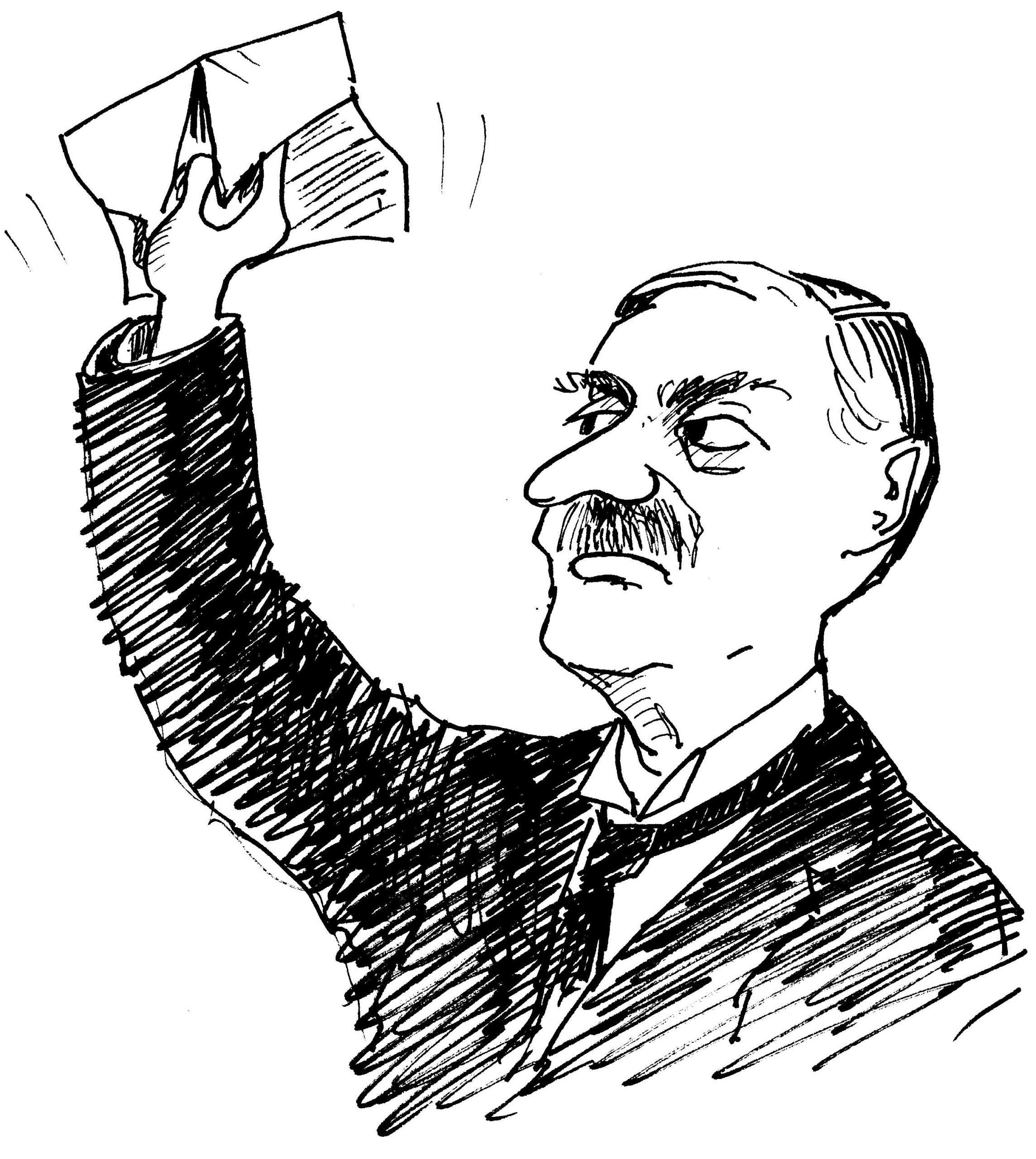 |
1939 to 1945 witnessed the greatest conflict the world had ever know. Britain, led by Churchill, stood on the brink of defeat. The Japanese bombing of Pearl Harbour brought the United States into the war; Hitler’s reckless invasion of the Soviet Union brought the Russians on side. VE Day marked victory for the allies in Europe, but the surrender of Japan was to take a little longerRead excerpts / Buy the book |
More comments from readers …
“Believe me, if history had been this interesting at school, I might have paid more attention.”
“How you can make even the driest periods of history so lively and intriguing I don’t know.”
“I very much look forward to the next exciting episode.”

